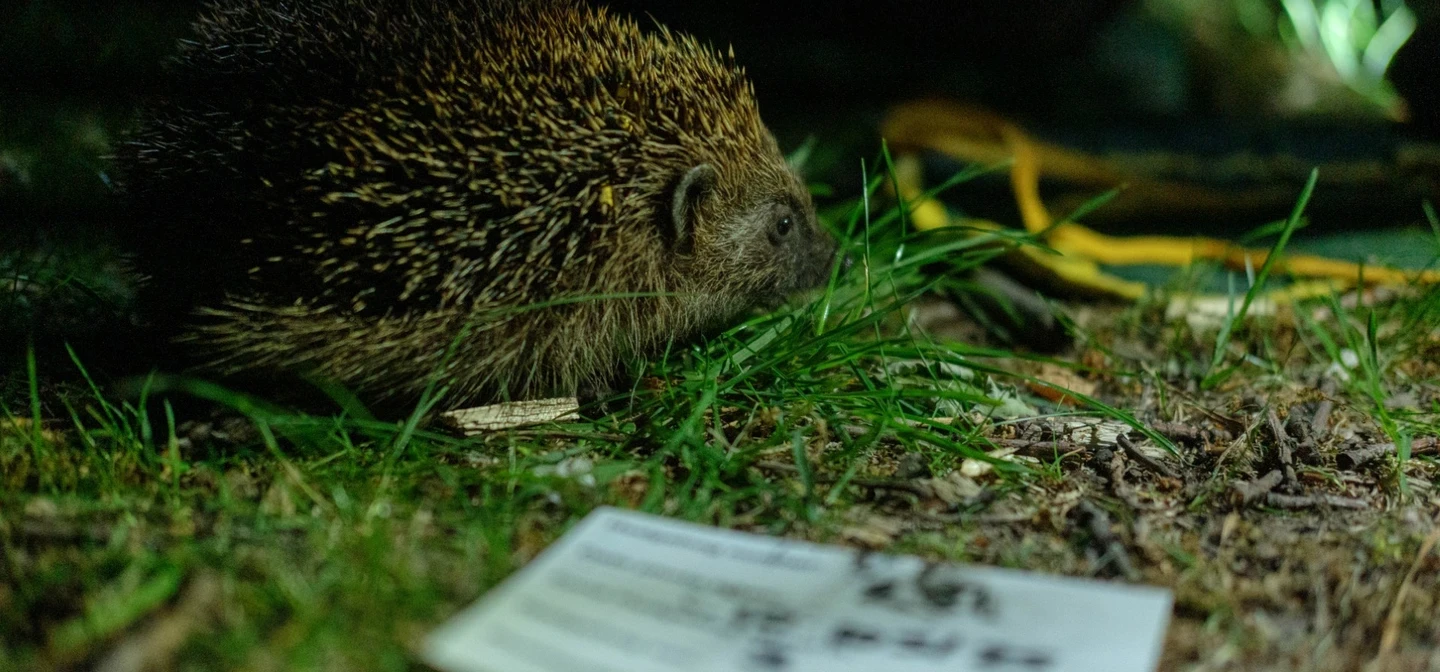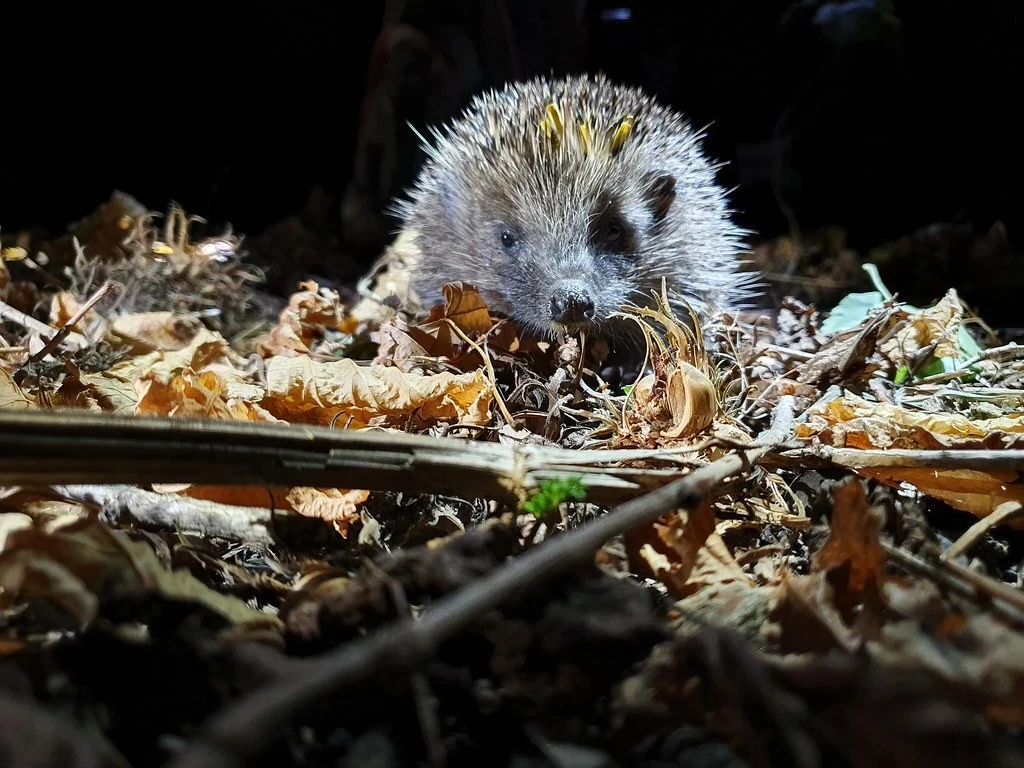
The Regent's Park Hedgehog Research
Hedgehogs (Erinaceus europaeus) are one of Britain’s most recognisable and best-loved wild animals — but their numbers have fallen sharply in recent decades. In central London, The Regent’s Park is now the only Royal Park where hedgehogs still live; the nearest other population is on Hampstead Heath, just over two kilometres to the north.
In 2014, The Royal Parks teamed up with the Zoological Society of London, the Garden Wildlife Health Project, and the Central Royal Parks Wildlife Group to launch a long-term study of the hedgehogs in Regent’s Park. The project set out to discover how many hedgehogs live in the park, where they go, and how they use their habitat.
Each year, more than 100 trained volunteers take part in night-time “spotlighting” surveys — heading out across the park on two consecutive Fridays in May and September, between 9 p.m. and 4 a.m. With expert supervision, full training, and veterinary support, these volunteers help collect vital data about the park’s hedgehogs.
Alongside the surveys, researchers have carried out detailed studies on nest box use, radio tracking, genetics, exposure to rodenticides, and overall health. The reports and papers below summarise ten years of research, from 2014 to 2023 — a decade of discovery about one of London’s most vulnerable wild residents.
Research findings
The first report in 2014 sets out the rationale behind the studies and provides details of the methods used and the 2014-2023 report brings together the 10 years of study. Interim reports are presented for 2015, 2016, 2014-2020 and 2014-2021 provide details of additional research studies.
Downloads
In addition are three posters presented at the 8th International Workshop of the European Hedgehog Research Group held at The Royal Parks, Hyde Park:
- Bowen, C., Reeve, N., Pettinger, T. & Gurnell, J. (2020) An evaluation of thermal infrared cameras for surveying hedgehogs in parkland habitats. Mammalia 84(4): 354–356. https://doi.org/10.1515/mammalia-2019-0100
Two scientific papers have been published on some of the methods used, one can be accesses below, the other by the link provided:
How to support urban hedgehog conservation
At the end of the ten-year study, the hedgehog population in Regent’s Park remained small and vulnerable. Research is ongoing to support their recovery, relying on the help of lots of people and the dedication of many volunteers. You can learn more about the project, stay updated on new findings, or find out how to get involved through The Royal Parks website.
If you’d like to help London’s hedgehogs, you can make a difference by supporting wildlife-friendly spaces in your garden or local park — leave areas of long grass and scrub, avoid using pesticides, and create small gaps in fences so hedgehogs can roam safely. Click here to find out more from the People's Trust for Endangered Species. Together, we can help ensure these much-loved animals remain part of London’s wild heritage for generations to come.
